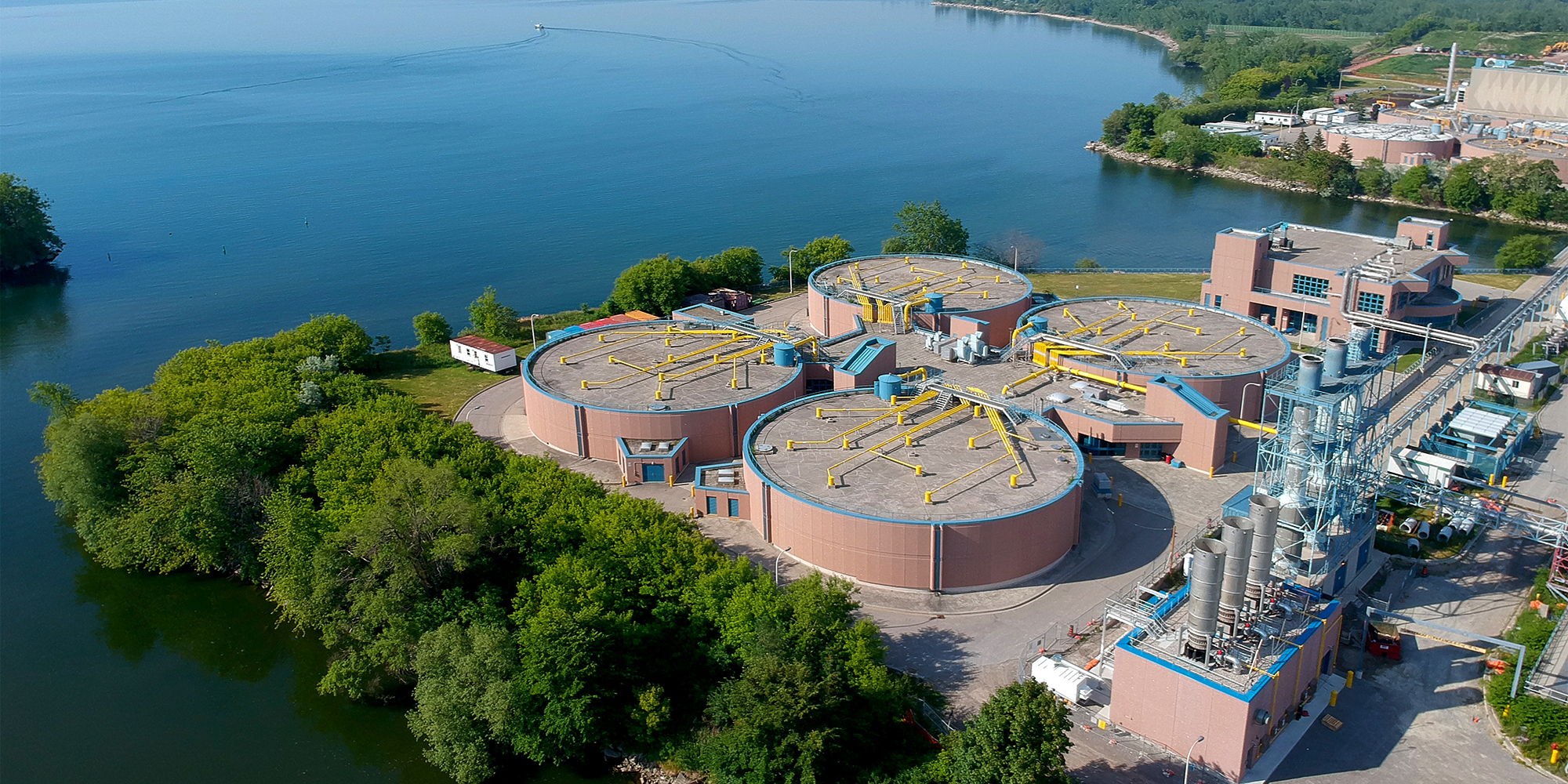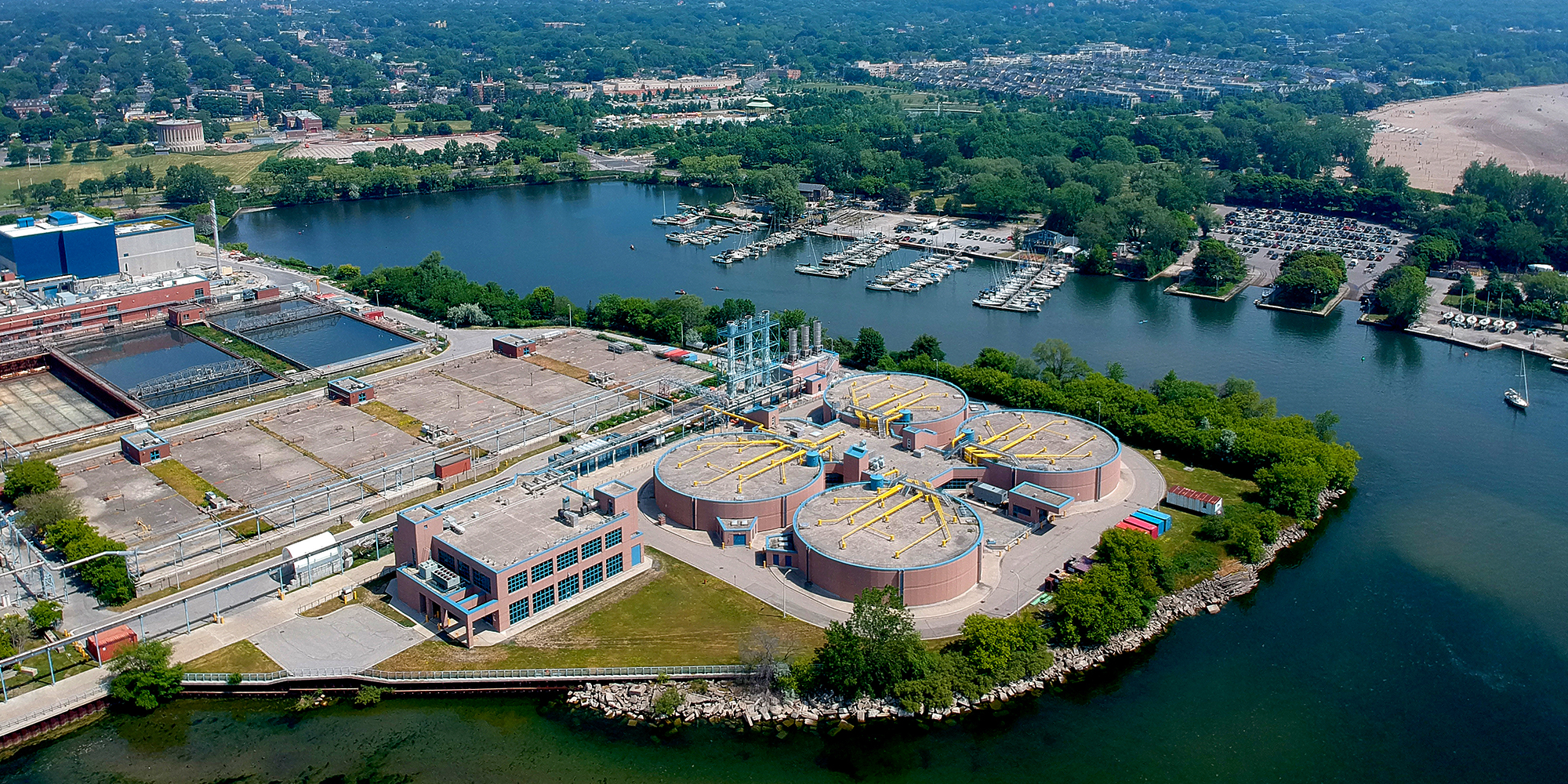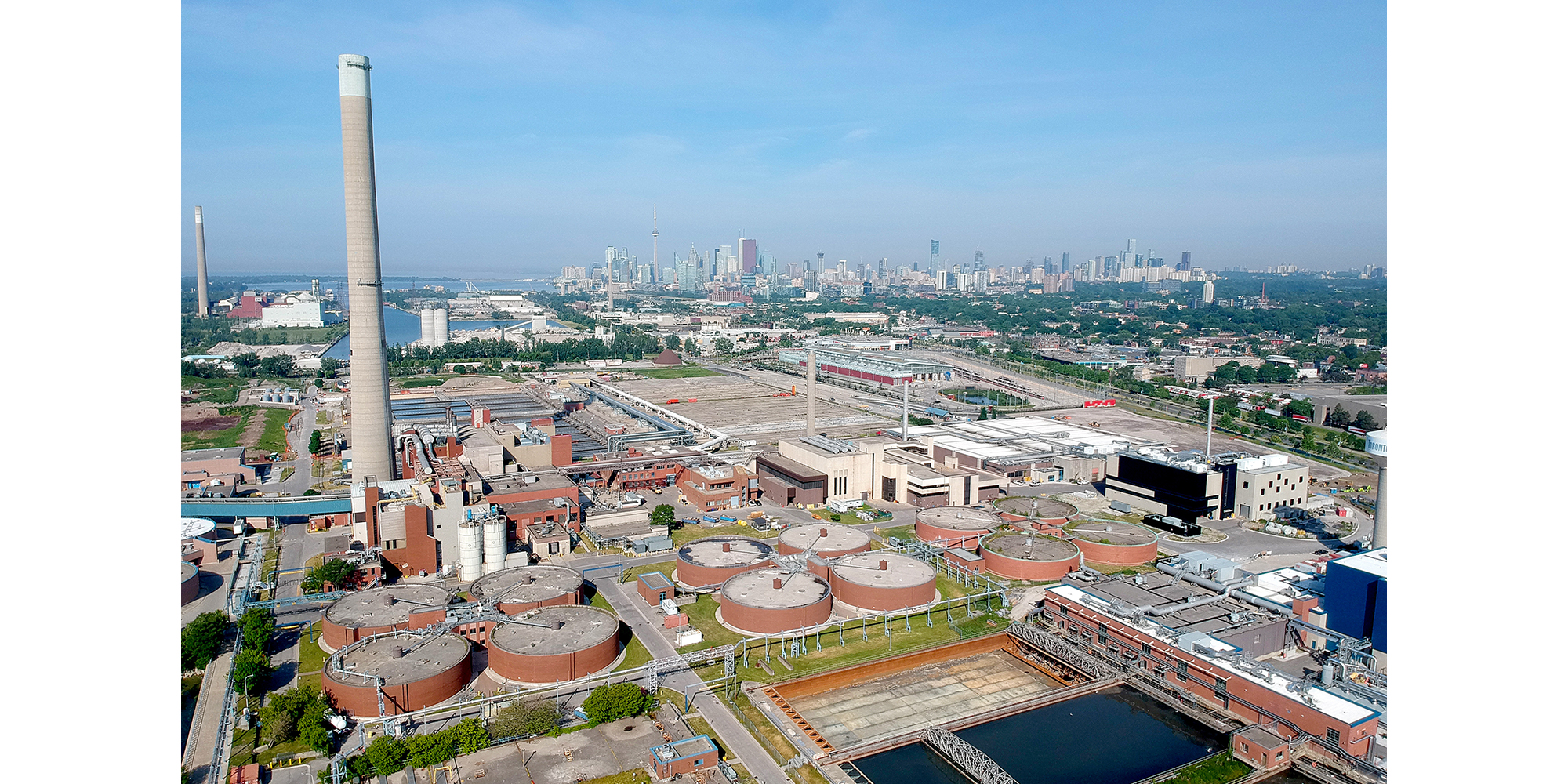City of Toronto Ashbridges Bay Treatment Plant Physical Space Roadmap
IBI Group was retained by Toronto Water to develop and complete a master plan of physical space for the next 20 years, focusing on the needs of Toronto Ashbridges Bay and City staff, and other vendors and contractors.
Client
City of Toronto, Toronto WaterLocation
Toronto, ON


A roadmap for the future
The Toronto Ashbridges Bay Treatment Plant (TAB) is the largest of the four wastewater treatment plants servicing Toronto, with a design capacity of 818,000 m3/day. It serves a geographic area of 2,500 hectares with a population of approximately 1.5 million people, and includes Toronto’s raw sewage pump stations. The total property area of TAB is approximately 40.5 hectares.
As prime consultant, IBI surveyed existing spaces, reviewed the existing drawings and records, consulted with the stakeholders to assess and document the requirements, prepared the various options available, and provided floor plans as a roadmap for the next 20 years. The ultimate objective was to develop a solution that aligned with core organizational values such as optimization, collaboration, transparency and inclusion. IBI designed the TAB Physical Space Roadmap (TABMAP) with the goals of improving efficiencies and communication, and modernizing the design to meet the needs of current and future employee operations. This was achieved by:
- assessing the current state of the entire facility and the physical space that will be added by the known current and future projects;
- developing the physical space needs of people; and
- recommending at least two holistic physical space design options for the entire facility.
The TABMAP will also provide a future framework for:
- decision-making related to facilities and land matters to meet the plant requirements;
- implementation of capital project(s);
- short- and long-term recommendations for maintenance;
- storage area solutions;
- centralization and decentralization of work operations; and
- the multi-purpose use of physical space where possible, with the support of IBI’s interior design team.



